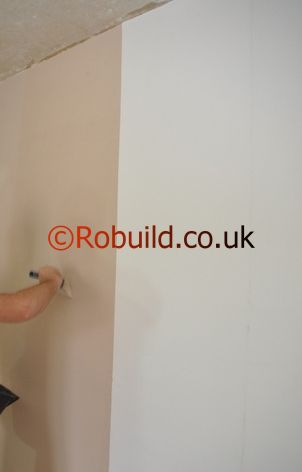Lining the walls with lining paper

For a really first-class wallpapering job, always use a lining paper under the wallpaper. It provides an ideal surface of even porosity, to which the wallpaper and its adhesive will marry, particularly if the wallpaper is heavy (the principle being that paper sticks to paper more firmly than to plaster). Heavy papers, especially embossed ones, have a tendency to stretch as their fibres first absorb the paste but shrink on drying. This can mean that the joints (joins between pieces) open because the paper loses its grip on the plaster surface.

Lining paper prevents this happening. Another advantage of lining papers is that they can disguise a ‘bad’ surface, as well as having some insulating value. The method of pasting and hanging lining paper is similar to that for wallpaper. It is best hung horizontally as the finished effect is smoother. This makes the paper rather difficult to handle on a long wall, so you should fold the paper, without creasing, concertina fashion (always with pasted side to pasted side). Start in the right hand corner of the wall and, holding the paper with your left hand, brush it out with your right hand (reverse this if you are left handed). If you prefer to hang the paper vertically, stagger the joints with those of the wallpaper to avoid the possibility of ridges. Like wallpaper, lining paper should be butt-jointed (the pieces are positioned edge-to-edge,with no overlap).
